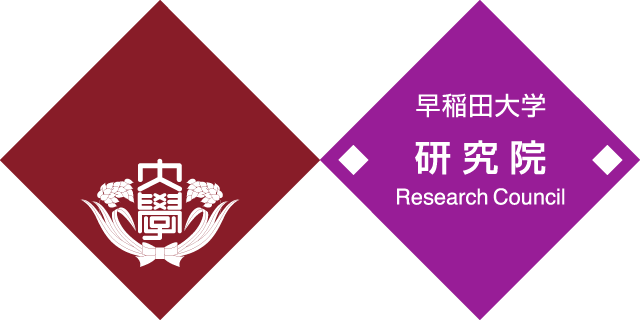The WIAS “Worldview of Early Modern Muslim Travellers” research group held their second seminar of the 2014 academic year on February 8th (Sun) 2015 at Waseda University. A report follows below.
This event was the final seminar of the WIAS “Worldview of Early Modern Muslim Travellers” research group. It featured a research presentation, a commentary presentation, and a closing general discussion.
- Research Presentation:
- The Spread of the Naqshbandi Order to Ottoman Lands before Mujaddidiya: Clues in the Travels of Abdullah Nidai
Masatomo Kawamoto (Naragakuen University)This presentation dealt with the writings of Sufi tekke lodge Sheikh Abdullah Nidai Kaşgari, who came to reside and represent the Naqshbandi Order in the Eyüp district of Istanbul. Kawamoto’s analysis of these writings found needed revisions to previous research on the lineage of Nidai’s teachings. Kawamoto also spoke about the chronology of Nidai’s journey to Istanbul and his subsequent writings on the Kaşgar tekkesi lodge there. And he discussed the migration of Sufis to the Deccan plateau in India as described in Nidai’s writings. This presentation showed that Naqshbandi Order sheikhs were active beyond Central Asia in India and Ottoman-ruled lands before the Mujaddidiya. The Q&A period brought mostly questions about Nidai’s birthplace and about Nidai’s connections to the Qalandar people of Northern India and Pakistan. Experts in the audience joined in on the lively discussion.
- Commentary Presentation:
- Early Modern Asian History
Ryuto Shimada (University of Tokyo)Shimada examined how the term “early modern” was defined by Chinese History scholars from the Kyoto School (including Konan Naito & Ichisada Miyazaki) and the Tokyo School (aka the Tokyo group of the Historical Science Society, including Naonori Maeda & Sadao Nishijima). Next, Shimada discussed Prof. Mio Kishimoto’s theory of “early modern”. There was then a lively discussion, which included audience members, about the notion of “early modern” and whether it is appropriate to use that term, including in the title of this project. Some felt the scope and intention of the term should be clarified. Others felt the scope and intention of the term could be presumed given the context of these collaborative research projects, which discuss a variety of regions and events under a common umbrella.
In the closing general discussion, research director Tomoko Morikawa (Hokkaido University) spoke briefly about the goals and results of each seminar for this research project. There was then discussion about the structure and historical significance of “Safīna-yi Sulaymānī (The Ship of Sulayman)”, the main historical source material used for this project, and about research papers by Morikawa and Shimada. This retrospective view of the project brought the conversation back to its starting point, and brought the event to a close.
- Report by Yoshiaki Tokunaga (Grad. Student, Univ. of Tokyo)



